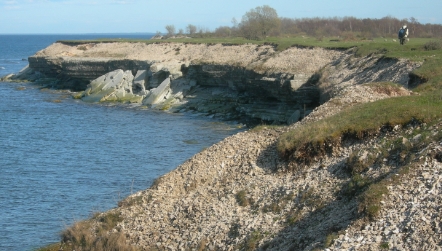Coastlines are constantly changing due to natural processes such as erosion, deposition, and tectonic activity. This dynamic shaping of coastlines is studied in the field of coastal geomorphology, which seeks to understand how coastal landforms are formed and altered over time.
Erosion and Deposition: The Constant Dance of Sediment
Erosion is the process by which rocks and soil are worn away by the action of wind, water, or ice. Deposition, on the other hand, is the process by which eroded material is deposited in a new location. These two processes work hand in hand to shape coastlines, creating features such as cliffs, beaches, and spits.
Tectonic Activity: The Underlying Force
Tectonic activity, such as the movement of tectonic plates and the formation of faults, can also play a significant role in shaping coastlines. Earthquakes and volcanic eruptions can cause rapid changes in the landscape, leading to the creation of new landforms and the destruction of existing ones.
Human Impact: The X-Factor
In addition to natural processes, human activities can also have a significant impact on coastal geomorphology. The construction of seawalls, the extraction of sand and gravel from beaches, and the building of coastal developments can all alter the natural processes that shape coastlines, leading to accelerated erosion and the loss of valuable coastal habitats.
The Future of Coastal Geomorphology: A Call to Action
As sea levels rise due to climate change, understanding the dynamic shaping of coastlines will become increasingly important. Coastal geomorphologists play a crucial role in helping to mitigate the impacts of coastal erosion and deposition, working to protect and preserve our coastlines for future generations.
In conclusion, the study of coastal geomorphology offers a fascinating glimpse into the ever-changing world of coastlines. By exploring the natural processes and human activities that shape our coastlines, we can better understand and appreciate the dynamic beauty of these unique landscapes.

